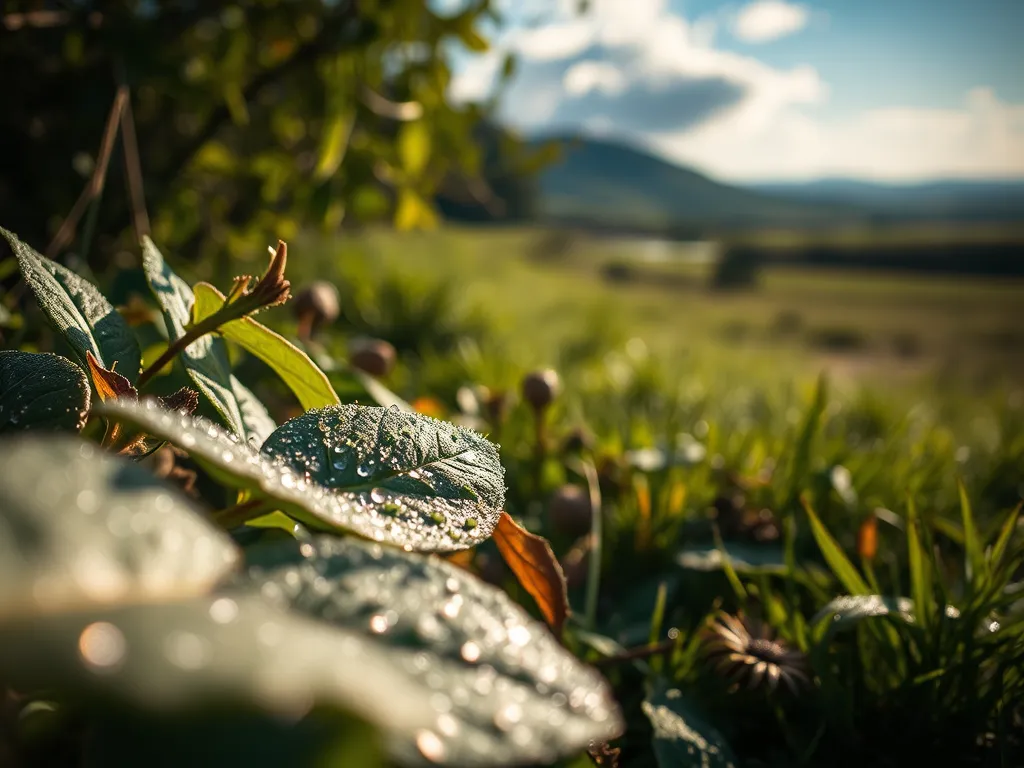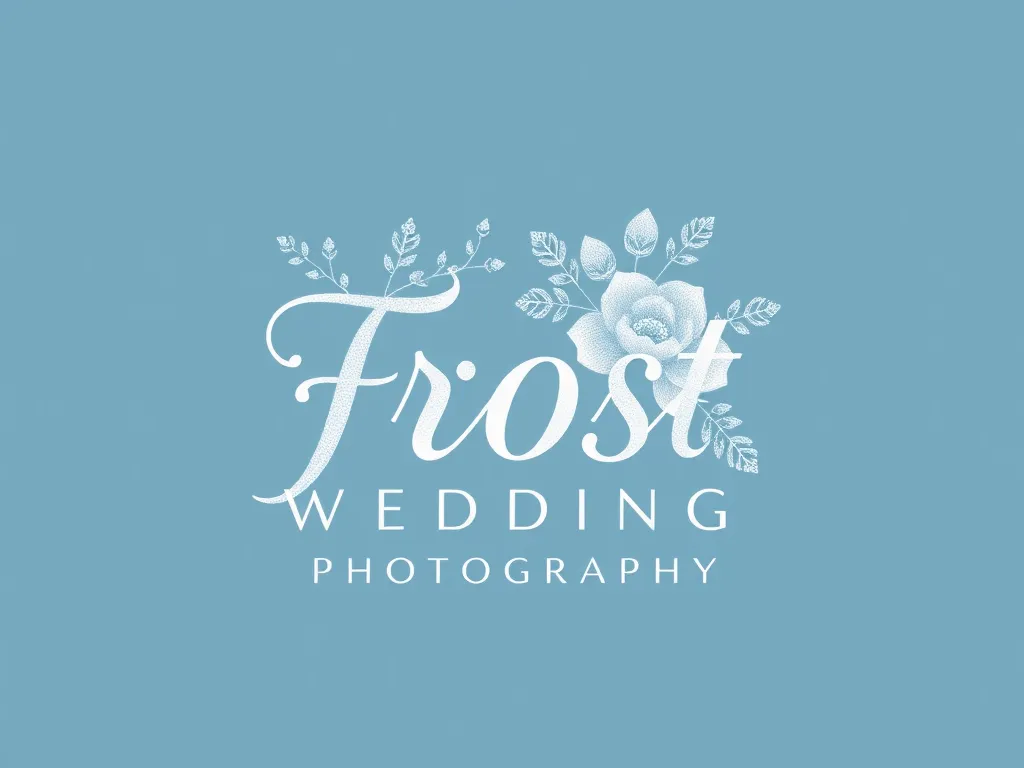Capturing Real Moments: A Dive into Documentary Photography

Exploring the Art of Documentary Photography
Documentary Photography captures real-life events and environments, documenting moments as they naturally unfold. This genre emphasizes storytelling through images, conveying narratives related to social issues, human experiences, and cultural contexts. Documentary Photography serves as a powerful tool to inform, engage, and evoke emotional responses from its audience, reflecting societies in their rawest forms.
The significance of Documentary Photography lies in its ability to shed light on both the ordinary and extraordinary aspects of life. From daily activities to global crises, this genre helps to create awareness around critical issues while allowing viewers to connect with subjects on a personal level. The images produced often serve as historical records, preserving moments that might otherwise be forgotten, and can influence public opinion or inspire change.
Documentary Photography is not just a form of art; it is a mode of expression that often merges journalism with creativity. As a photographer, it demands a keen eye for detail, patience, and an understanding of human emotions. By capturing candid moments, photographers document the truth, exploring the complexities of human existence through their lenses. It is both a challenging and rewarding experience that allows for the discovery of untold stories.
Throughout its history, Documentary Photography has evolved alongside technology, social movements, and artistic trends. From early black-and-white images to contemporary digital storytelling, photographers have adapted their methods to reflect societal changes. Despite these shifts, the core principle remains the same: to depict reality and immerse viewers in the narrative being told.
In essence, Documentary Photography is about observation, connection, and narrative. It allows photographers to unravel stories that often go unnoticed, challenging viewers to reconsider their understanding of the world around them.
The power of storytelling is profoundly captured through the lens of Documentary Photography, revealing truths often overlooked in everyday life.
History of Documentary Photography
Documentary Photography can trace its origins back to the late 19th century when photographers began capturing social injustices and human experiences in a more structured and intentional manner. The medium gained popularity with the advent of photojournalism, especially during significant historical events such as the Great Depression and World War II. Over time, it evolved into a respected art form and a vital tool for social change and historical documentation, moving beyond simple representation to complex storytelling.
Key historical figures in the development of Documentary Photography include pioneers such as Jacob Riis, whose works highlighted poverty in urban America, and Dorothea Lange, renowned for her images of displaced families during the Great Depression. Their iconic photographs opened the world's eyes to pressing social issues, setting the stage for future generations of documentary photographers.
Influential movements such as the Farm Security Administration (FSA) project during the 1930s played a crucial role in the popularity of Documentary Photography. By commissioning photographers to capture the plight of impoverished farmers, the FSA not only documented a significant era in American history but also influenced visual storytelling techniques that are still relevant today.
Techniques for Capturing Authentic Moments
One of the key techniques in Documentary Photography is understanding timing. Capturing a fleeting moment can make the difference between a powerful image and a missed opportunity. Photographers often anticipate action, studying their subjects and surroundings to seize the perfect moment that conveys emotion and context in a single frame.
Using natural light is another critical aspect of capturing real moments in Documentary Photography. Photographers often work with available light rather than relying on artificial sources. This approach not only enhances the authenticity of the images but also creates a natural ambiance, inviting viewers to feel a part of the scene being documented.
The importance of subject engagement cannot be overstated in Documentary Photography. Building rapport with subjects ensures more authentic interactions and candid moments. The connection between photographer and subject often translates into more impactful images that resonate with viewers on a deeper emotional level.
Equipment for Documentary Photography
Choosing the right camera for Documentary Photography is essential for effectively capturing spontaneous moments. Cameras that offer versatility, speed, and lightweight designs are preferred. DSLRs or mirrorless systems are popular choices among documentary photographers, enabling them to adapt to various shooting conditions while maintaining high image quality.
Lenses play a critical role in enhancing storytelling in Documentary Photography. Wide-angle lenses can capture broader scenes and add context, while prime lenses are ideal for low-light situations and intimate portraits. Choosing the right lens can greatly influence the narrative portrayed in each photograph.
Accessories such as shoulder straps, compact bags, and portable external flashes are crucial for on-location shooting. Being prepared for any scenario allows photographers to remain agile and responsive to the environment, increasing the likelihood of capturing decisive moments.
Ethics in Documentary Photography
Ethical considerations play a significant role in Documentary Photography. Photographers must navigate issues of consent and privacy, particularly when documenting vulnerable communities or sensitive subjects. Respecting the dignity of individuals and ensuring informed consent are paramount, ensuring that the story is told with integrity.
Balancing truth and narrative is a continuous challenge within Documentary Photography. Photographers wield immense power in shaping how stories are told, often making choices that can enhance or detract from the authenticity of their work. The responsibility lies in portraying subjects accurately while also telling compelling stories.
The impact of Documentary Photography on subjects is profound. Photographers must consider how their images affect not only public perception but also the individuals they depict. Ensuring that subjects are represented sensitively and accurately is vital in fostering understanding and compassion among viewers.
Notable Documentary Photographers
Some of history's most influential documentary photographers include the likes of Henri Cartier-Bresson, known for his candid street photography and the concept of the 'decisive moment,' and Sebastião Salgado, who focuses on social issues and the environment through stunning black-and-white images. These photographers have shaped the landscape of Documentary Photography through their distinct styles and groundbreaking works.
Examining the styles of famous documentary works reveals a wide array of approaches to storytelling. Photographers often employ different techniques, from vibrant colors to stark contrasts, allowing their unique perspectives to shine through. The diversity of styles enriches the genre, encouraging aspiring photographers to find their creative voice.
Contemporary documentary artists continue to challenge and inspire through their innovative works. Emerging photographers are redefining the genre by exploring new narratives, technology, and social issues, providing valuable lessons for future generations in terms of authenticity, empathy, and artistic expression.
Post-Processing Techniques
Editing methods for Documentary Photography can vary from minimal adjustments to more involved editing processes. Photographers often use post-processing to enhance their images while maintaining authenticity. Techniques such as cropping, color corrections, and sharpening can help to clarify the message without distorting reality.
Maintaining authenticity in post-production is essential for Documentary Photography. It is crucial to ensure that editing does not alter the truth depicted in the photographs. Photographers must strike a balance between aesthetic appeal and the core mission of documenting reality.
Tools and software for photo editing vary from simple apps to professional editing programs like Adobe Lightroom and Photoshop. These tools allow photographers to refine their work, adjust exposure, and fine-tune colors, ensuring that their images resonate with viewers while remaining true to the original moment.
